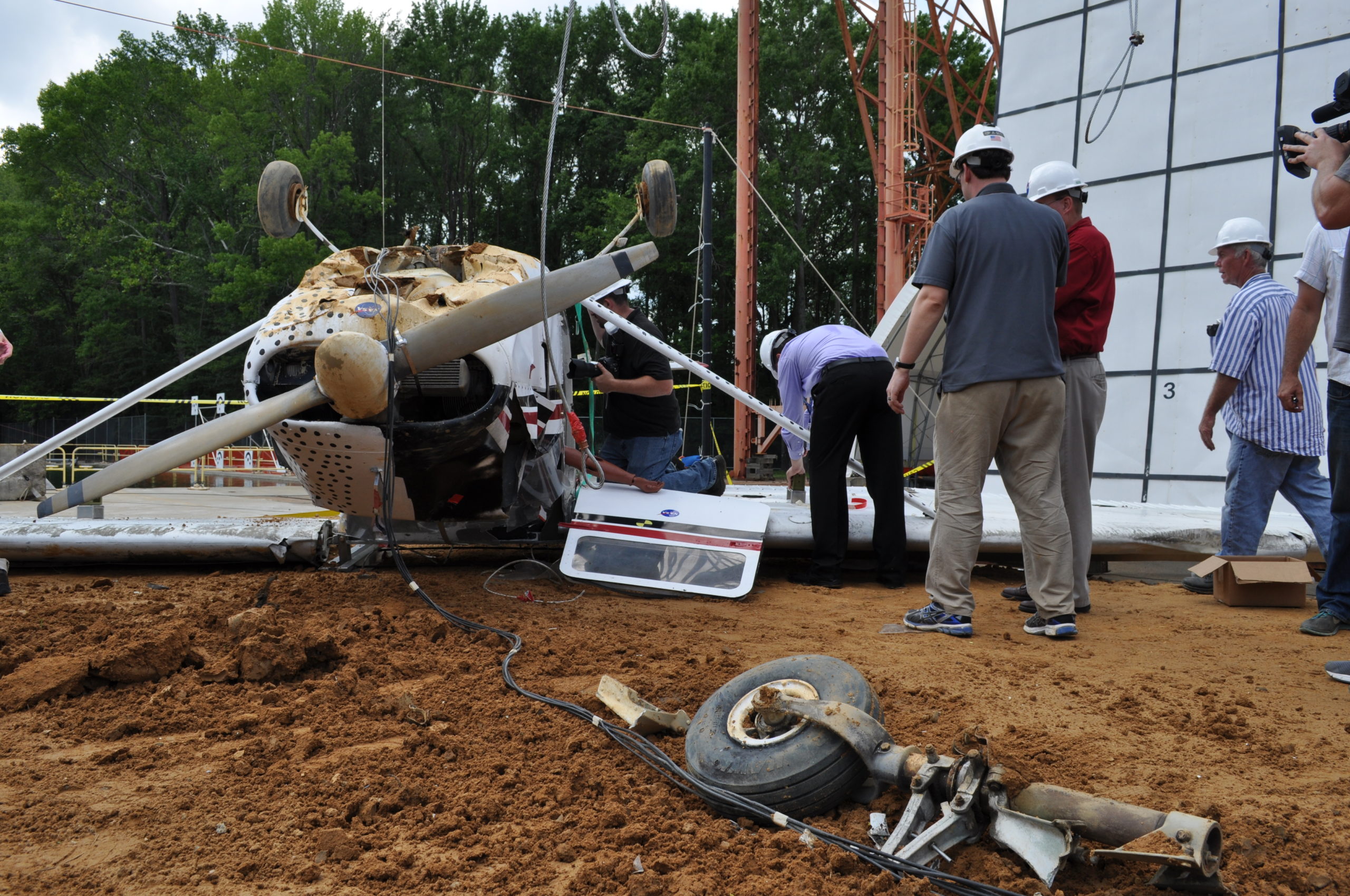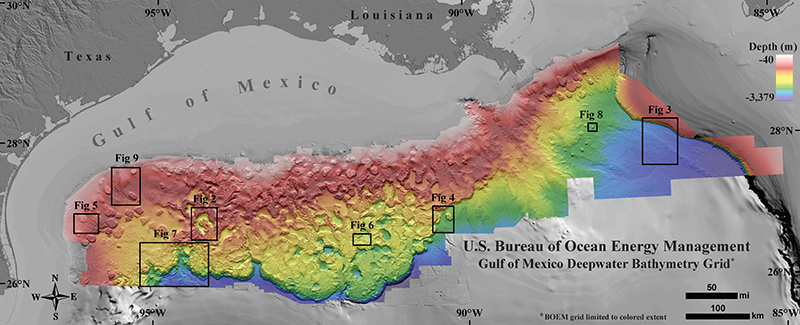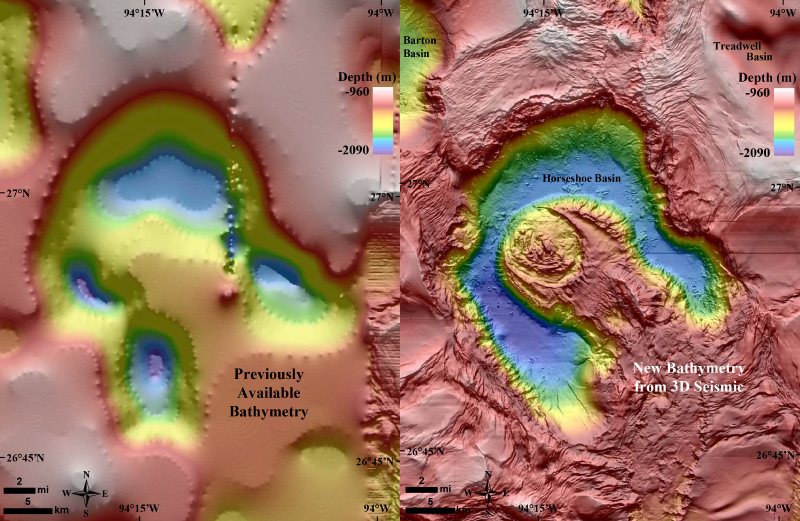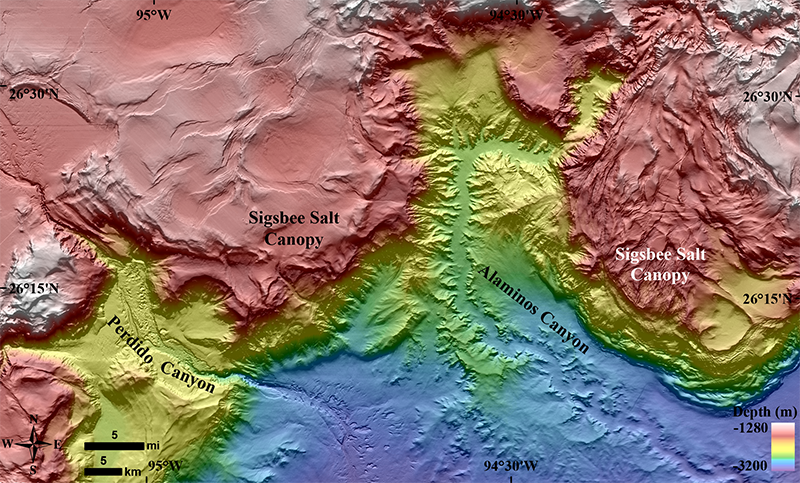
New emergency locator beacon takes ‘search’ out of ‘search and rescue’
For more than four decades now, airlines, ships and hikers have been using emergency locator beacons that were developed in the 1970s to transmit distress signals to the nearest satellites. These beacons have saved 40,000 lives till date, but the technology comes with a striking limitation: It is accurate only up to 2km radius.
In case of an airplane crash or a lost hiker, there is still a lot of searching that needs to be done within that 2km perimeter. This limitation became all the more apparent following the disappearance of Malaysian Airlines MH-370 in 2014. That’s when NASA’s Search and Rescue (SAR) office started developing a far more effective beacon — one that would be accurate to about 100 meters.
Such accurate locator technology will go a long way in reducing the risk faced by both the person who is in distress and the emergency responders. A game-changer of sorts, the technology will also cut down the time needed for search operations. In SAR Mission Manager Lisa Mazzuca’s words, these second-generation beacons will “take the ‘search’ out of ‘search and rescue’.”
The SAR office, which serves as the chief R&D body for both the US Search and Rescue Satellite Aided Tracking (SARSAT) program and the International Satellite System for Search and Rescue (Cospas-Sarsat), has been performing crash tests with real airplanes in a controlled environment to assess the effectiveness of the new beacons. The team has achieved a location accuracy of about 140 meters in these tests.
Mazzuca says that her team is working on incorporating the new beacons into emergency locator transmitters (ELTs) for aviation, as well as in UAVs that can be used to assist the rescuers. The team is also working to develop a new SAR platform based entirely on these second-generation beacons. Apart from aircraft, these second-generation beacons would also prove useful for amateur hikers and boaters, and would be available at outdoors stores at reasonable prices soon.











